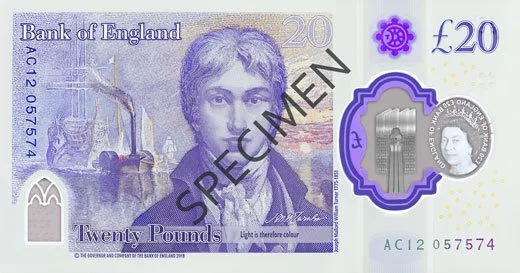History in Banknote Design
Look at almost any banknote design, and you will find historical subject matter depicted. There are good reasons for this. I would say that there are three interconnected functions performed by historical subject matter.
National Identity. Historical subject matter is uniquely suited for establishing the national identity of a banknote. And, the specific matter chosen for a banknote design creates a specific historical narrative about that nation.
Narrative. A historical narrative creates a coherent message. This is important for two reasons: one, it gives an overall cohesion to the design, and two, it gives the designer a way to move the viewer from one element to another. And, as the viewer moves across the design, creating meaning and reading the narrative, he or she is also looking at the security features, which is kind of the whole point of the design.
Connection. Historical subject matter allows the viewer to connect with the design, entering it and paying more attention to it. The ease of connection comes from a citizen of a nation-state recognizing themselves in the history of their country.
The pictured JMW Turner note, printed by De La Rue, includes a self-portrait of Turner, a version of Turner's The Fighting Temeraire, the quote "Light is therefore colour," and a copy of Turner's signature.
In the US, plans are still being considered to incorporate Harriet Tubman's portrait on the $20 Federal Reserve Note, an idea I helped develop under Treasury Secretary Lew and Treasurer Rios.

